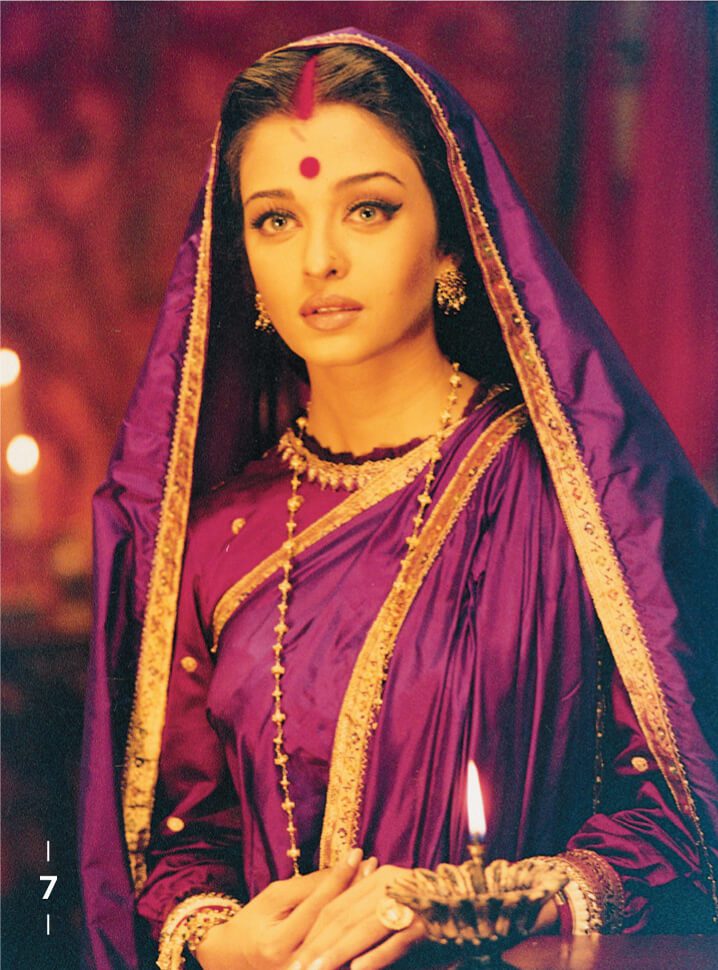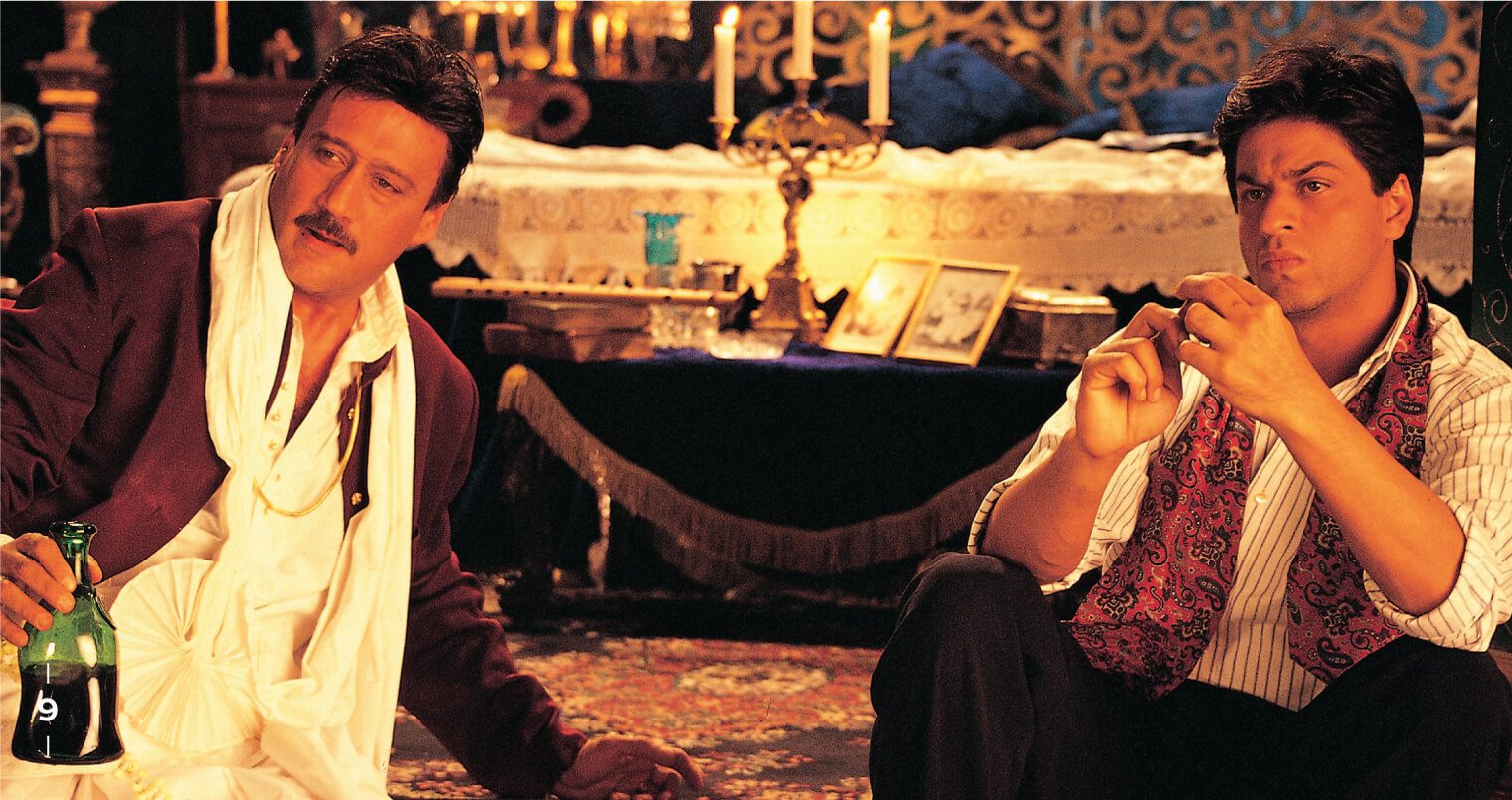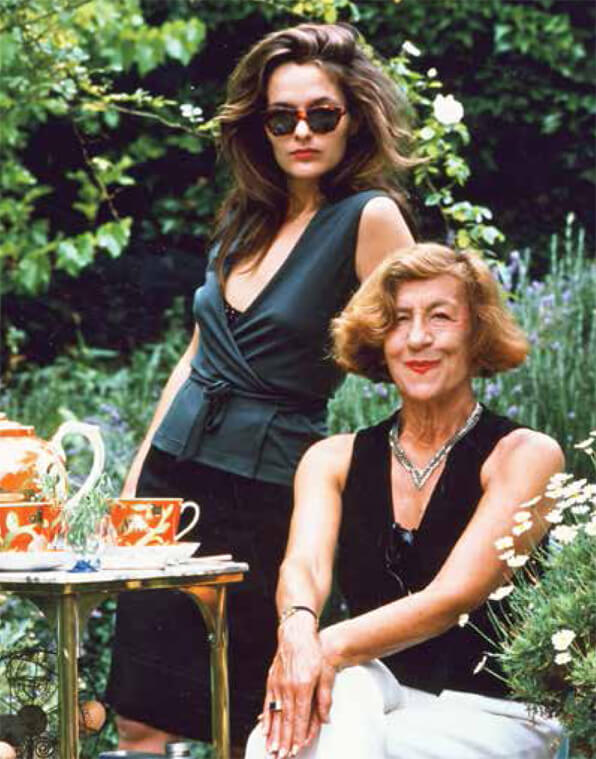For family-run objet d’art purveyor and producer Lotus Arts de Vivre, it is all about relationships – and not just within the family. YUEN LIN KOH catches up with the von Buerens
Their sprawling family home, hidden in the high-rise jungle of Sukhumvit 23 district of Bangkok, has for decades been a sanctuary for travellers from near and far. Rolf von Bueren, now 73, a prominent industrialist who arrived in Thailand from Germany in 1962, and his wife Helen – also of the same age and of Thai and Scottish parentage, are the hospitable couple who lavished dinners and parties on friends visiting Thailand from around the world. Witnessing and interacting with a cosmopolitan mix of guests passing through their doors as young children, elder son Sri and younger son Niklas von Bueren – the second generation of the family – perhaps understand better than anyone else that the world, huge with different and divergent cultures, can also be very small.
After all, the von Buerens were as cosmopolitan as it gets for a family living in Thailand during the sixties. Despite being seen as foreigners, given their European blood, they embraced traditional Thai culture with fervent passion. Their home, sitting on grounds purchased by Helen’s family close to a century ago, is a vision of classicism. Nine hardwood houses with soaring peaked roofs and generous wooden decks rise from the verdant 1.5 acre plot, and are connected by a maze of wood and stone paths meandering across a garden lush with tropical flora. When locals were looking to shed that heritage while they were moving forward with times, Rolf embraced it as someone enthralled with this new culture he was experiencing. The Catholic later even converted to Buddhism. His passion for Thai culture – which is passed on to his children and distinctly showcased in Lotus Arts de Vivre pieces – makes the von Buerens perfect ambassadors of the graces of the Thai culture. Yet at the same time, they are also familiar with the fashions and aesthetics of the European culture.
Sri and Niklas’ cosmopolitan views and tastes were also nurtured through their many journeys around the region. “We were always travelling to Indonesia, India and other destinations all around the Asian region even before they were fashionable,” recalls Niklas, now 41 years of age. “Father of course, was the disciplinarian. But the most valuable thing he taught us was curiosity. He has a curious mind and is always interested in art and culture, and would constantly be making us learn and enjoy other cultures, be it trying new things, eating new foods, visiting temples… All that learning was quite boring when we were young, you know, but today we know that this curiosity is the root of all of Lotus Arts de Vivre’s new developments.”
For the benefit of the uninitiated, Lotus Arts de Vivre – though with a history of just 30 years – is one of the most revered names in the niche jewellery business of producing one-off pieces. In fact, it is one of the largest producers of single-piece jewellery in the world. Their statement pieces, adorned by members of high society and royalty alike stretching from Palm Beach and New York to London and Cannes to Beijing and back to Bangkok, are sought after worldwide. Elizabeth Taylor, Gore Vidal and even Gianni Versace are just some personalities who have fallen under its spell.
Each unique piece is inspired by nature and crafted from a fantastical combination of wonderous materials – from humble coconut shell to innovations of gold-fused glass, from sparkling diamonds, rubies and emeralds to iridescent scarab wings. Sumptuously textured, riotously colourful, outrageously glamorous and exquisitely graceful, they are pieces not to be carelessly worn by all and sundry. With the pieces from Lotus Arts de Vivre, you have to carry it with all your personality, lest it outshines you.
They are also producers of fantastical homeware – ranging from gold-leaf and lacquer-lined ostrich egg containers and black onyx and silver toothpick holders in the form of a miniature porcupine, to stools clad in stingray skin and a magnificent mahogany eagle that took 17 artisans and more than a year to carve and cast with 99 pounds of sterling silver.
For all its sophistication, Lotus Arts de Vivre has amateurish beginnings. It was set up as a mother’s way of keeping herself busy when her children had left the country to study abroad. Though of course, the von Buerens didn’t just set up a shop at any place; they placed themselves strategically at what is now the Four Seasons Bangkok. It was 1983 and the hotel, then the Bangkok Peninsula, was the place for anybody who is anybody to see and be seen. “My father encouraged my mother to start the first shop through selling pieces that have been purveyed and collected through their travels. But my mother is not a businesswoman – if anything, she didn’t want to carry on with this!” reveals Niklas.
Even though he and his brother were sent to boarding school in the United Kingdom when they were about 10-years-old, it is clear that unbreakable bonds with the family have been fostered even in their tender ages. Without the slightest bit of pressure from their parents, both Sri and Niklas eventually joined the company, in their own time. Sri, now 45, went on to study gold and silversmithing after his studies in the United Kingdom. “It was after I returned that we started our own jewellery workship; it then slowly morphed into a retail business. It was really run very much as a hobby until about 10 years ago, but a lot of the philosophy still stands, in that it is inspired by travel around the region, by places such as China, India, Japan, Indonesia and of course, Thailand.”
Niklas himself went to business school and entered the banking industry upon graduation. Spending four years in the finance industry, he saw the family operation very differently. Where others saw exoticism, he saw Unique Selling Points. Joining the company in 1998, after the economic crisis, he made it his mission to market the brand globally in a time when Asian aesthetics were not widely appreciated.
Together, the brothers injected new vigour into the company and created a brand – a name known today for its inimitable style that applies delicate, time-honed traditional craftsmanship to bold, innovative designs from a distinctly young spirit.
Through exhibitions, events, dinners – each month sees an average of two events, one held in Bangkok and another internationally – and naturally, their personal connections, the von Buerens keep their global audience enthralled with their unique sense of style. It’s a work that sends the entire family to different parts of the world: as Niklas speaks to us from their home office in Bangkok, Sri is at Mozaic Beach Club, one of the two boutiques in Bali where their pieces are sold – and attending Jeremy Irons’ Indonesian screening of his environmental documentary, “Trashed”. In the meantime, Rolf and Helen are in Europe talking to a carpet purveyor for their other retail business, Theatre of Indulgence, before moving off to London for an exhibition with Couture Lab, an impossibly chic retailer of exquisite luxuries, founded by Carmen Busquets, previously a major investor and board member of Net-à-Porter.

Dragon Ring – A key symbol of Chinese mythology, this dragon features diamonds, citrine and pink tourmaline
But their work is not just about spreading the word. It is really all about the pieces they produce. “Over the last 30 years, we have probably created some 10,000 pieces,” shares Niklas. “We are in the midst of doing a large format coffee table book, and in the process have spoken about our favourite pieces – as it turns out, some of the pieces dearest to each of us are custom orders for our clients. These pieces are special to us because there is a sentimental story behind each commission, and each piece holds a profound meaning for them. To us, the profound meaning comes from the fact that these people have entrusted us to create this for them.
“Our pieces are predominantly one-offs, 50 to us is a big number. Each piece – even those that are not bespoke – has a story behind it.”
And it’s not just a story of the wearer that it tells. Working with Her Majesty Queen Sirikit’s SUPPORT Foundation, Lotus Arts de Vivre collaborates with silk embroiderers of Thailand. The von Buerens family also takes years to cultivate relationships with master craftsmen such as a Chinese cinnabar lacquer artist based in a place five hours outside of Beijing; maki-e painters in Noto, Japan; and even Indonesian ivory carvers, now preserving their skills through carving coconut shells. Each meticulously crafted piece is a many-fold story of traditional craftsmen from Asia, each lending his unique touch to the piece, and in turn, leaving a little piece of his own story in it.
Each piece also tells very much a story of the von Buerens – their taste for Old World charms, their rich globetrotting life, their all-embracing spirit, their sense of wonderment. Their principle of being true to themselves extends to beyond the immediate family, now expanded with Niklas and Sri becoming fathers themselves. This is because every patron, every craftsman and everyone from the team of over 200 is considered family. Niklas for one is quick to declare that theirs is not a closed operation limited by blood ties – kindred spirits who hold the same values are also welcome to join them in Lotus Arts de Vivre’s journey into the future.
“It is the network that we created over the 30 years which has opened us to business opportunities – it’s an interesting way to move forward. We never really plan to go into something, we just naturally go into it because our customers were looking for these services or products.”
And perhaps therein lies the beauty of keeping things in the family. The brand isn’t developed – it is nurtured; the company isn’t developed, it grows organically. Certainly there are challenges to working with family members – even staying under the same roof can be a trial for some of us – but for the von Buerens, the pros outweigh the cons. “And it allows me to spend more time with my kids!” beams the usually-stern Niklas. And that alone, for anybody who understands the joy of a family, is priceless.
















































Recent Comments